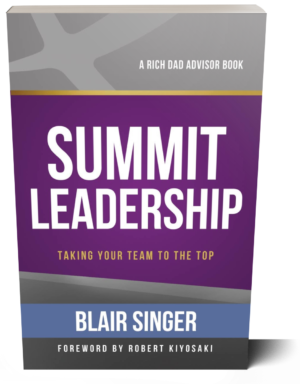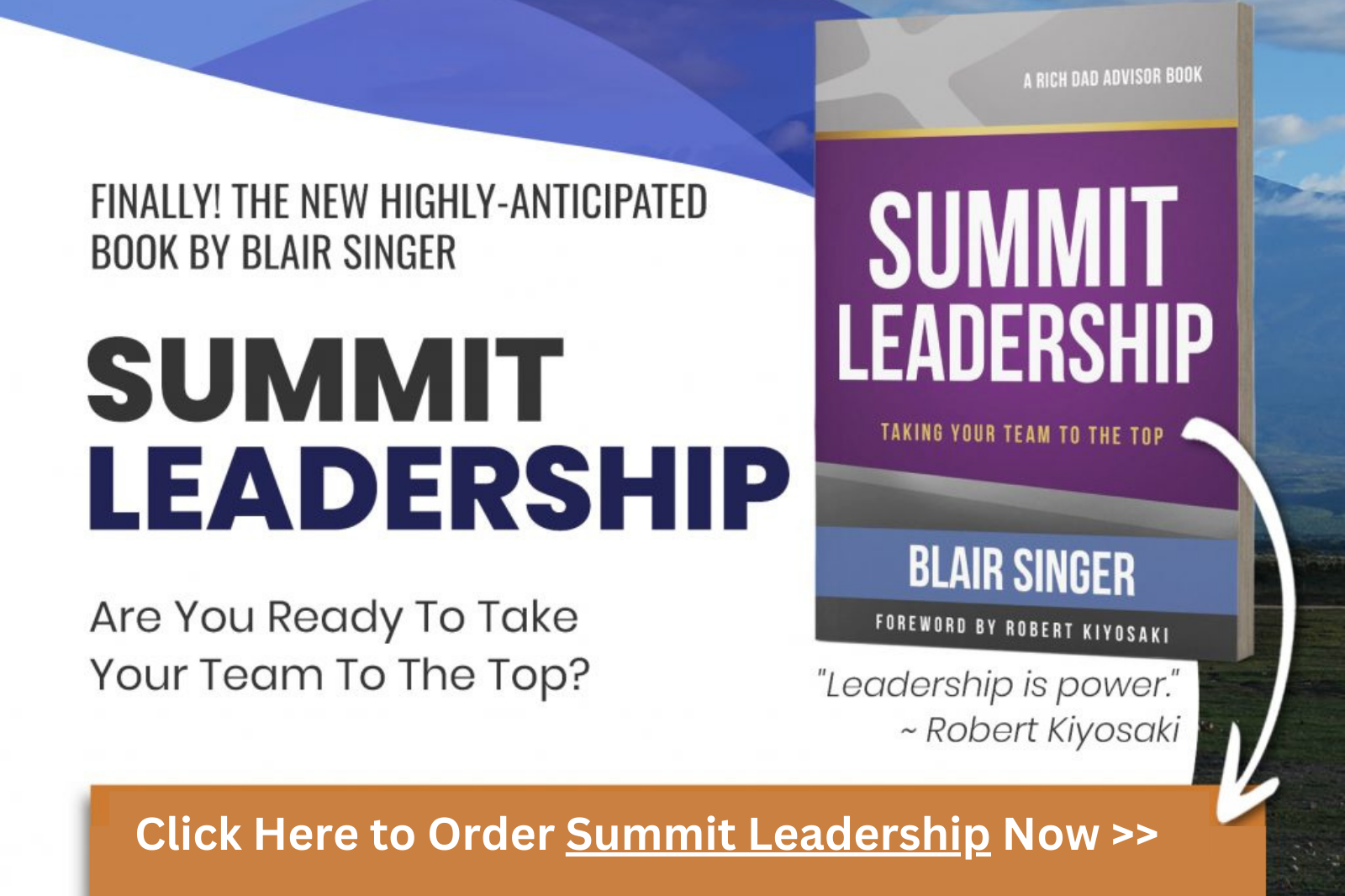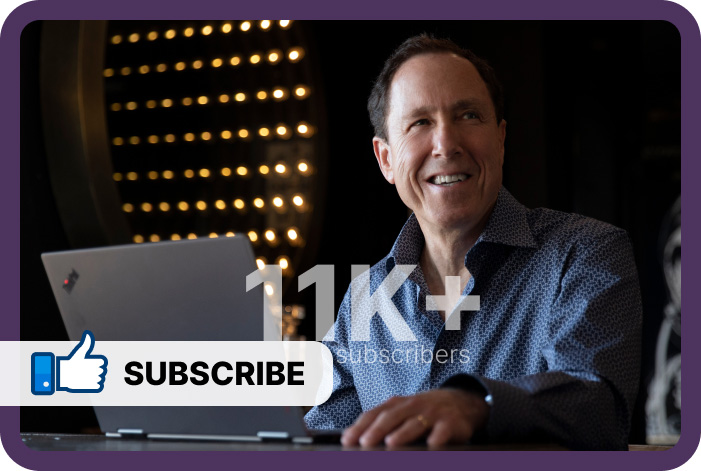You know, effective communication is the backbone of success in any field of work. Whether you’re a business owner, a salesperson, a teacher, or a public servant, the ability to convey your message clearly, confidently, and persuasively to your audience is non-negotiable.
But, let’s face it, for many folks, public speaking can be downright daunting and nerve-wracking.
How do you conquer that fear of speaking in front of others?
How do you deliver your ideas in a way that not only engages but moves your listeners?
That’s where I come in. I’m Blair Singer, a renowned speaker, author, and business coach, and I’ve had the privilege of helping thousands of people worldwide enhance their communication skills. Today, I’m here to share with you my tips for becoming a great communicator and mastering the art of public speaking.
- Know your audience
The first step to becoming a great communicator is to understand your audience inside and out. Who are they? What are their needs, wants, and interests? What truly motivates them? When you tailor your message to your audience, you create a connection that not only resonates but also builds trust.
You see, one of the most common missteps speakers make is assuming their audience knows as much as they do about the topic. To avoid this pitfall, I strongly recommend asking questions, conducting surveys, and actively listening to feedback from your audience before, during, and after your presentation. This feedback will be your North Star, guiding you to adjust your message, tone, and delivery to perfectly align with your audience’s preferences.
- Use stories and metaphors
Now, let me share a little secret with you – the most unforgettable speakers are not the ones who bombard their audience with facts and figures. No, my friends, they are the ones who artfully weave their message into stories and metaphors. Stories and metaphors have remarkable power; they engage the listener’s imagination, emotions, and senses, making your message not only easier to remember but also relatable.
So here’s what you should do – incorporate personal stories that convey your message in a relatable and authentic way. And don’t forget to sprinkle in metaphors and analogies that illustrate complex concepts in a simple and concise manner.
For example, instead of saying “our company’s profitability declined by 20% last year,” you can say “we hit an iceberg and started taking on water, but we found a way to plug the hole and steer our ship back to safety.” This creates a vivid picture in their mind, one that they will likely remember for a long time.
- Be confident, not cocky
Confidence, my friends, is the cornerstone of effective communication. But, here’s the catch – there’s a fine line between confidence and cockiness. Confidence means believing in yourself, your message, and your ability to deliver it effectively. Cockiness, on the other hand, is overestimating your abilities, dismissing or belittling others, and coming across as arrogant or self-important.
So here’s the game plan: Practice, practice, practice your delivery until you feel utterly comfortable with it. Pay close attention to your body language, your tone of voice, and the pace of your speech. Maintain eye contact, use gestures to emphasize points, and vary your tone and pace to signal confidence and authority without overwhelming your audience.
- Connect with your audience
Great communicators don’t just convey their message; they forge a profound connection with their audience. To do that, you need to show empathy, enthusiasm, and passion for your subject matter. Actively listen to your audience’s questions, concerns, and feedback, and respond with respect and clarity. Be authentic and vulnerable; share your personal values, stories, and experiences. Building rapport and trust with your audience is paramount, and you can achieve this by finding common ground, acknowledging their needs, and offering solutions that benefit both parties.
- Keep learning and evolving
Here’s the thing, becoming a great communicator is a lifelong journey, not a one-time achievement. Even if you master all the tips and techniques mentioned above, there is always room for improvement and growth. I urge you to read, study, and attend seminars and workshops that expand your knowledge and skills in communication, public speaking, and leadership. Seek feedback and accountability from mentors, peers, and customers, and apply what you learn to your daily practice. Embrace a growth mindset and a learning culture, and you’ll stay relevant, adaptable, and inspirational as a communicator.
Becoming a great communicator is a journey that demands practice, perseverance, and passion. My tips for public speaking, such as knowing your audience, using stories and metaphors, being confident but not cocky, connecting with your audience, and embracing lifelong learning, can help you elevate your communication skills and reach your goals. Always remember, your voice is your power. Use it to uplift, inspire, and transform the world.
Learn more https://www.blairsinger.com/trainer-mastery-program/



